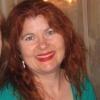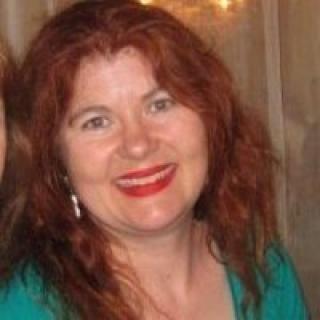Most children at some point would like the opportunity to fire a teacher. In north Seattle, students at the Clearwater school get the opportunity to do just that. At Clearwater, the school's 30 students aged 4-18, plus staff, vote on all major decisions, including budgets, enforcement of rules and even regarding whether teachers will stay on for another year.
The private Clearwater School is part of an international network of Sudbury schools, all of which are based on the 35-year-old Sudbury Valley School in Massachusetts. The concepts of freedom, trust and responsibility are at the heart of the Sudbury model. Sudbury schools are run democratically, encouraging students to direct their own education.
Elementary and middle school students in other parts of Puget Sound are also learning about democracy first-hand, thanks to innovative programs and teachers. This November, for example, fifth graders in teacher Susan Broder's Spectrum classroom at Seattle's John Muir elementary will get to vote. They'll go behind a plastic shower curtain, but otherwise Broder is determined that their mock election will be as realistic as possible.
Broder has been teaching about democracy and the election process since the 1970s. Her goal is to ensure that her students, after completing their curriculum on democracy -- including examining the roots of democracy in ancient Greece -- will understand "that voting is a right and responsibility and their vote counts."
Nationally, the Arizona-based non-profit Kids Voting USA has been introducing learning experiences like Broder's into classrooms across the U.S. through its non-partisan program that assists teachers in engaging students and families in voting and other civic activities. According to Cynthia Dunn, Kids Voting USA Director of Affiliate Services, the program began in 1988 and now operates in 10,600 schools in 28 states. Dunn will serve as the executive director for Kids Voting Greater Seattle Area beginning Oct. 1 and plans a pilot project for the 2004 presidential election at Baker Middle School in Tacoma.
Joseph Teague is one of four eighth-grade teachers who will be using the Kids Voting USA program at Baker. "We plan to hold a mock election on Election Day and teach about the bill-making process, including the impact of lobbyists on that process," he says. "We will also teach about the initiative process, and the local/national issues that will impact our community. We plan on using Kids Voting USA to help with the mock election, along with helping our students see their role in local, state, and national issues."
Teaching democracy to eighth graders has many challenges, Teague says. "The most challenging thing is to help them to see their place in the process. They cannot vote, and will not be able to for some time. Many feel that they don't have a voice in the goings on of their own school, much less the city or state, or nation. Many have only the beginnings of understanding of the complexities in local, state and national governments."
Dunn says that while the desired outcome of Kids Voting USA's program is the same for all K-12 students -- to encourage students to be more involved citizens -- the activities the program offers are tailored for each grade. On the elementary school level, for example, students may experience voter discrimination first hand. In one classroom exercise, teachers divide students into two random groups. One group is then given voting rights, but not the other. Then an election is conducted for a special event such as a free-time activity, and only the group that can vote is given the right to make the decision for the entire class. The decision is carried out and then the roles are reversed, with discussion afterward regarding how students felt when they did not have the right to vote.
Middle school students engage in activities that draw their attention to the real national election process. One exercise has students take home maps, watch the election returns and color their maps accordingly as the returns are announced. Dunn recalls that during the 2000 presidential election, a child who participated in the exercise stayed up all night in order to get the right color for the state of Florida. By the time he was finished, Florida was a mixture of blue and red.
Clearwater teacher Shawna Lee says that although engaging their students in the process can be challenging, "in all cases, it comes down to learning how to communicate effectively and create a community where individuals are free to be themselves while respecting and supporting that same freedom for others. That is the essence of democracy."
Local teachers or parents who want more information about national Kids Voting USA projects can contact Cynthia Dunn at 425-643-6372 or visit the organization's Web site at www.kidsvotingusa.org
Kathleen F. Miller is a Sammamish-based freelance writer and mother of two.











